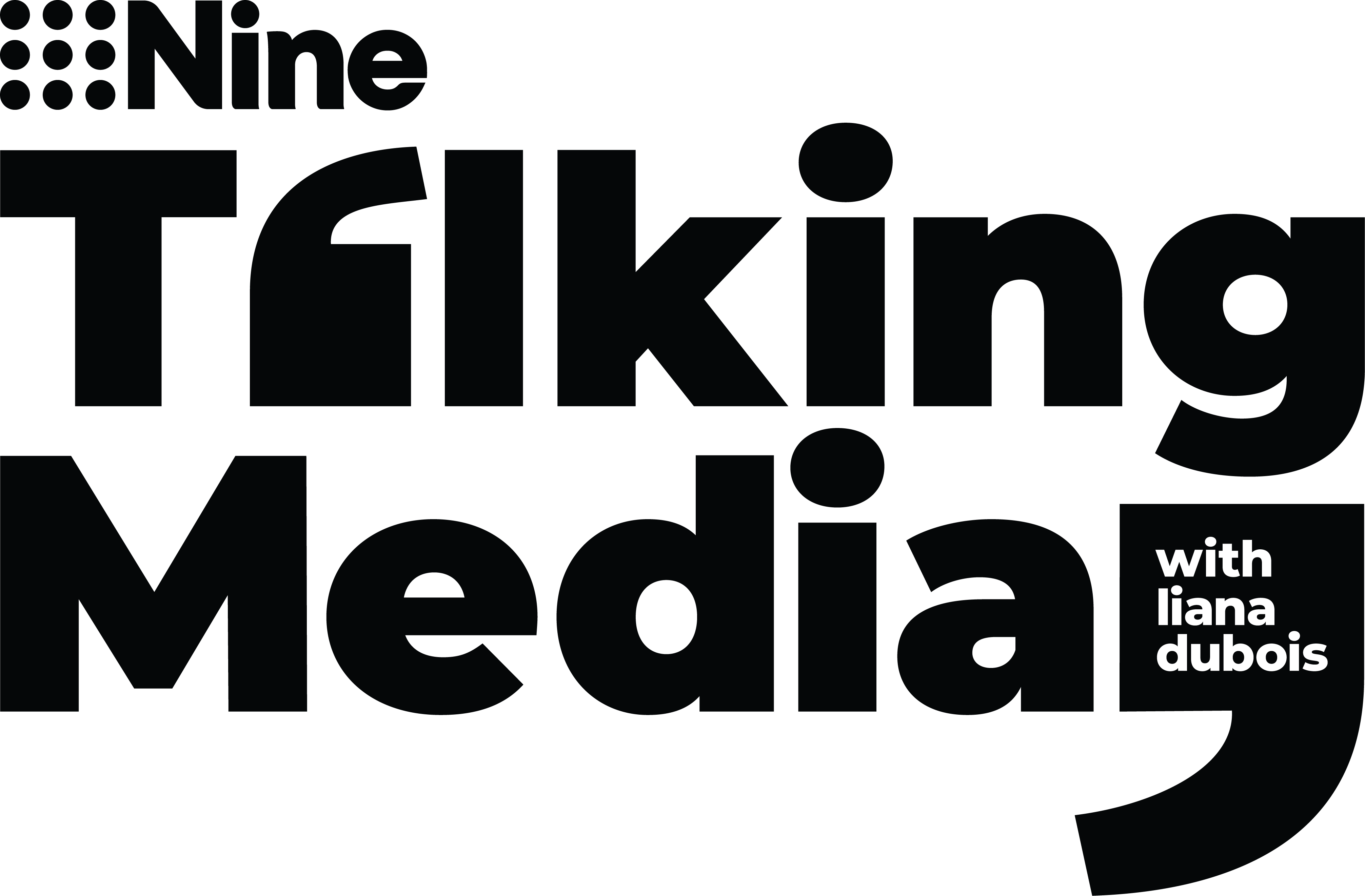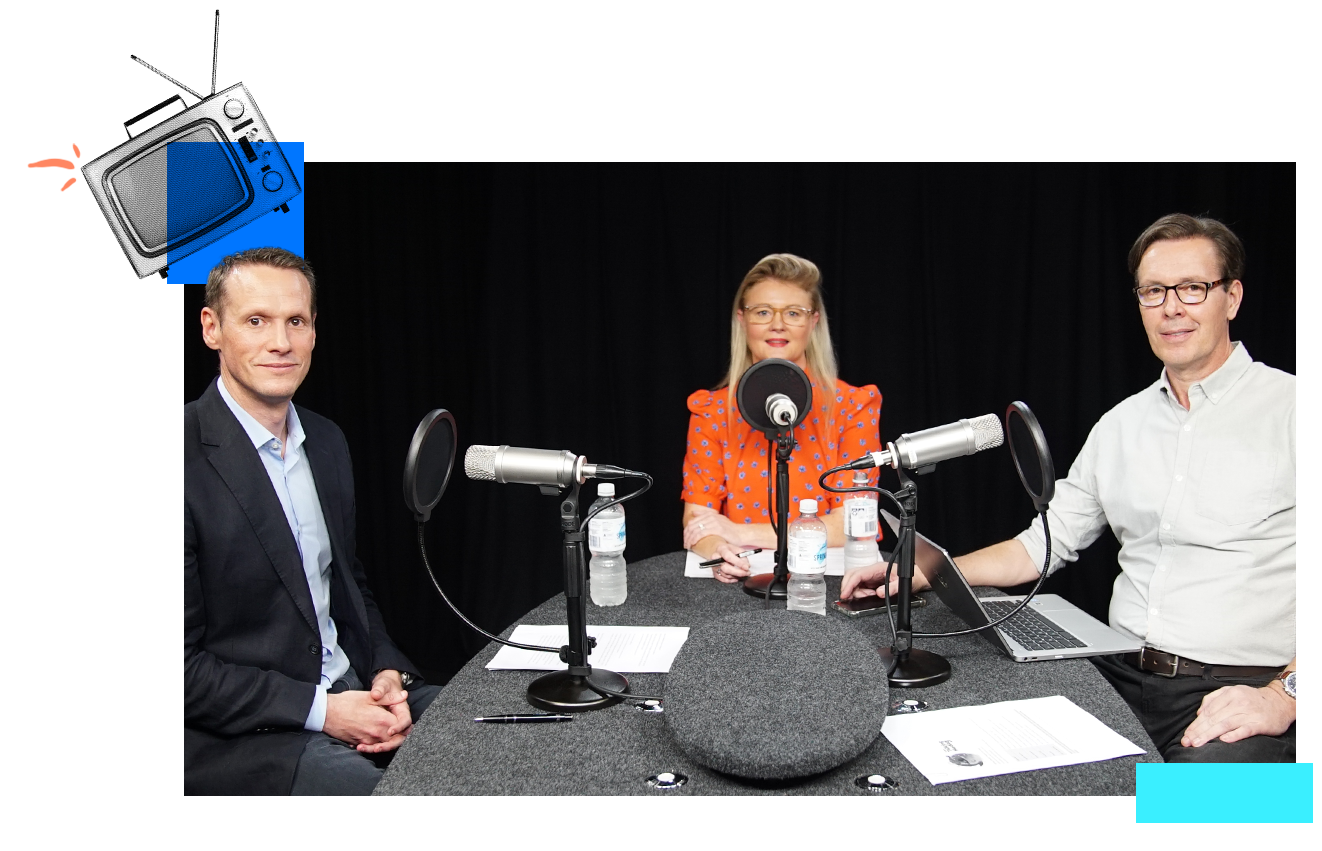



CONSENT NOW KING
FAST accelerates as Nine primes 40 channels, backs VOZ Streaming to keep scale, add targeting – but consent is now king and advertisers are missing tricks
Rapidly scaling FAST channels and new buying tools mean advertisers can still build massive TV reach fast, say Nine’s Liana Dubois and Nick Young. But brands and buyers could be smarter about how they harness formats and targeting capability. On the flip side, going too narrow will ultimately crimp growth. Meanwhile, spelling out exactly how data is being used is critical.
VOZ is here
Nine Commercial Director of Digital, Nick Young, is backing the launch of the cross-network VOZ Streaming system to unlock greater scale for advertisers, while sharpening targeting and reducing wastage. Due in market this year, he urged other BVOD players to plug-in to the initiative alongside Seven, Nine and Paramount-owned Ten.
Despite accelerating fragmentation, shifts in consumption habits and linear TV moving from antennae-delivered to internet-delivered shows, Young, and Nine CMO Liana Dubois suggested advertisers can still tap massive TV audiences at speed – if they harness all the tools at their disposal.
VOZ Streaming uses the OzTAM identifier to enable advertisers to plan, buy and post-analyse reach across participating BVOD platforms. It’s designed to reduce duplication and solve cross broadcaster frequency capping challenges – i.e. hitting the same people with the same ad too many times across multiple broadcasters.
Young said VOZ has gained traction since launch, enabling marketers to “measure their investment back to campaign goals”. But he said that is just “stage one”. Total TV activation – i.e. optimising reach outcomes across broadcast & Digital TV – is the next stage.
“VOZ Streaming is a product that will enable reach and frequency-based buying across – 9Now, 7Plus & 10Play - for the moment– but we hope other providers will see the benefit and want to get involved,” he said.
“It provides a cross-broadcaster BVOD reach product and it also enables data matching for BVOD. So the combination of VOZ from a measurement and planning perspective with the streaming activation that will happen this year will enable marketers to still reach mass audiences at scale while being able to target using data.”
Hitting FAST accelerator
While traditional TV drives “water cooler” moments, particularly live sports, underlined by huge audiences for last year's Women’s FIFA World Cup and this year’s Australian Open – there is only so much sport, and spectrum, to go around.
Delivering sport and live events via IP-delivered TV adds targeting capability to that scale – as well as the ability to create a collection of niche audiences that advertisers can stitch together in order to engage more deeply with viewers around subjects and content they care about.
Which is where FAST channels – free ad-supported TV – start to open up new opportunities. These channels are based on specific genres or even a specific show, curated in a linear fashion: i.e. the shows keep playing, non-stop, with ad breaks.
Their attraction is to pull in audiences to the things they are most interested in, while removing the hassle of searching for things to watch. “That’s a very real problem,” says Young, with more than a kernel of truth in the “joke that it takes longer on Netflix to find a show than watch it”. Nielsen data from 2023 suggests on demand viewers spend an average of 10.5 minutes searching for something to watch, about 40 per cent more searching time than in 2019.
FAST channels mean brands can ‘own’ the environment and reach audiences that, albeit smaller, are deeply engaged, reducing potential wastage. The trick is then stitching those audiences together – using tools like VOZ.
Nine currently has two FAST channels in market – youth-focused Pedestrian TV and a dedicated Seinfeld channel that houses all 180 classic episodes.
The network has more coming this year, “something like 40 FAST channels over the period of the Olympics and Paralympics” alone, according to Liana Dubois. “They give incremental viewing choice to consumers who seemingly have an insatiable appetite for content”, particularly when it is packaged up and made easy for them.
Creative thinking required
But Nick Young urges advertisers to be smarter about how they tap into FAST to move beyond a “limited view” of its potential.
“The flexibility we have as a broadcaster around that uncluttered environment, and the ability to develop a TVC with that brand for two minutes of an ad break that reflects the content of that particular channel … There are so many ways we can work with a brand to integrate within a FAST channel in a far better way.”
“These shows and products are hugely popular with that relevant audience – a small audience, no question, but hugely popular. Which means the engagement and trust they have for these brands can be reflected in new and innovative ways. Because they are served digitally, there’s things like sequential ad messaging and dynamically served ads, so many different approaches that we can utilise – but that I'm not seeing that much of. I'd like to see more.”
Brand vs demand
Large advertisers have been getting their first-party data in order – and using it to better target logged-in audiences via anonymised data matching. It means they can avoid targeting people who probably won’t be interested in their products – such as a car brand doesn’t want to waste budget on putting ads in front of someone who has just bought a car. Or targeting only those more likely to buy their product, like dog owners who will probably want to buy dog food.
“We’ve seen a huge rise as everyone gets a CDP [customer data platform], especially the big advertisers, investing in data analytics and crafting out that segmentation,” said Young.
“Certainly, now with cookies [going out] and privacy coming in, those products are in vogue, and we are working with clients day-to-day on the activation and suppression of audiences in real-time. We’re seeing a real focus by these businesses to buy in a way that is relevant to create conversion.”
But Young thinks segmentation can go too far. If advertisers end up targeting “one or two people in Bondi, that can be really expensive”, with advertisers better off just “knocking on their doors”, he suggested.
“So while we’re seeing great work in creating customer profiles and segmentation, you’ve still got to hit a broad audience – and you’ve still got to maintain a large volume to be able to shift the dial.”
Likewise, said Dubois, going broad builds brand and “future demand” for people who might be ready to buy in future.
Consent is king
Although content remains critical as TV networks and streaming platforms vie for audiences, consent is now likewise king when it comes to using audience data to serve targeted ads.
“Consent-based approval is actually the key to any data targeting products or data products that we use,” said Young. Audiences understand the exchange – free content for targeted ads. But both publishers and brands must ensure that audience contract is crystal clear in terms of what data is collected and how it is used, given incoming overhauls to Australia’s privacy laws.
“The old joke used to be that the biggest lie ever told on the internet was ‘yes, I agree’, and ‘I have read your terms and conditions’. But those days are over. So from a Nine perspective, we’re focused on making sure people understand the relationship between our content and their data, and how that can give them a better experience, both from an advertising perspective and a content consumption perspective.”
“Fundamentally, that puts the network in a position of complete compliance.”
Have a question or comment about this episode? We'd love to hear from you. Please fill in the form.

